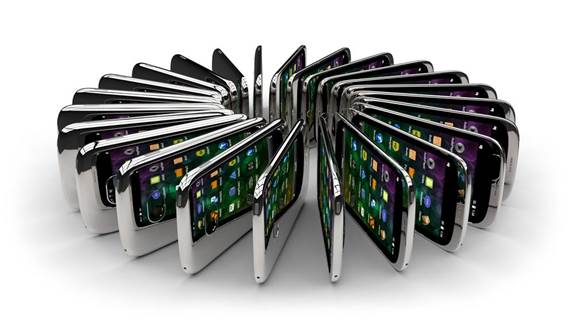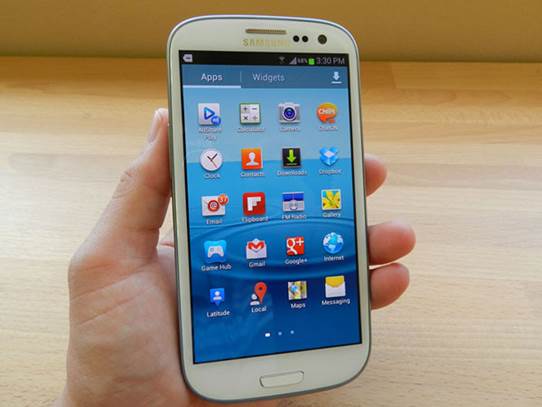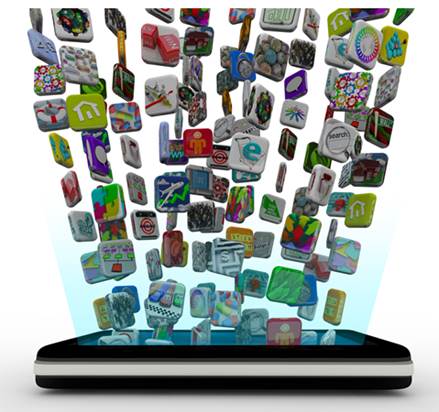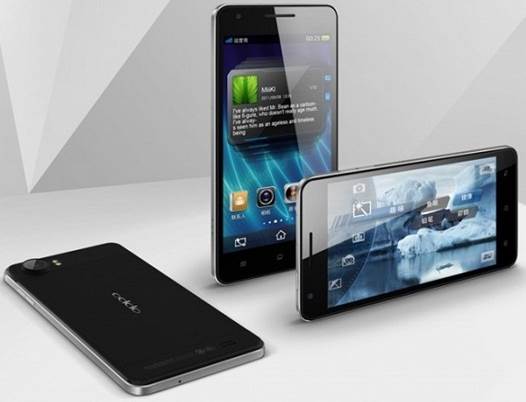It is the best of times and it is the worst
of times to own a smartphone. Without a doubt, today’s smartphone users benefit
from an explosion of available apps and more computing power than what many PCs
had just a few years ago. But it is also a difficult time when trying to decide
if you need an upgrade. OEMs consistently launch phones packed with what they
say are “next generation” features and computing power, while the real benefits
of making the switch are not always apparent.

Today’s
smartphone users benefit from an explosion of available apps
There are certainly times when upgrading
your smartphone can make a lot of sense, of course. Only an OS or hardware
upgrade, for example, might be necessary to run certain apps you need. But at
least as often, users often confuse “nice to have” with “must have” features
and end up investing in something that just does not work that much better than
their old smartphone did. To get around the conundrum, here are some things to
keep in mind when deciding when it is and isn’t time to invest in something
better.
Making the OS jump
Whether your smartphone is running an older
or a recent version of the OS it supports, upgrading to the latest release
makes good sense. A case in point is Google’s Android 4.1 (aka Jelly Bean). It
definitely will tax older smartphones’ CPU resources and memory to run it, but
older and newer Android devices will benefit from better animations, user
feed-back, and other features.

However,
upgrading to a new OS has its caveats
However, upgrading to a new OS has its
caveats. The new OS can delete existing apps and data, or in the worst case,
cause the device to crash beyond recovery, although this rarely hap-pens. A
rule of thumb is to back up your data before installing a new OS (hopefully you
are backing up your smartphone’s data regularly, anyway) in case the new OS
installation re-moves any of the data you need.
Do you really need that 8 MP camera?
Users continue to invest in PCs with faster
CPUs even when they only run basic office and Internet applications and notice
little, if any, performance improvements. Similarly, in the mobile space, your
basic email, calendar, or Web browser apps are not going to run that much
faster after upgrading to a 1.4GHz from a 1GHz processor.
Vendors also try to convince users to
upgrade their devices based on smartphone-specific hardware features that they
claim are important without making a solid case why you need them to work
better. Bigger screens or cameras with more mega-pixels are a case in point. For
work use, it almost goes without saying that neither of these “improvements”
will help you work faster or smarter. A larger screen will likely also result
in an extra drain on the battery.
Faster network speeds

The
usefulness of the feature depends on what you use your smartphone for
U.S. carriers have certainly made
significant improvements to their cellular networks during the past few years.
As an example, users have seen download speeds of well over 6.4Mbps when
switching from 3G to newer-and-much-faster 4G networks. Users who consistently
download large files or stream video feeds to their smart-phones are definitely
able to benefit from upgrading to devices that can take advantage of fast
network speeds.
However, once again, the usefulness of the
feature depends on what you use your smartphone for. Being able to download
your push email faster or quicker access to Web browser content may not be
worth the upgrade cost for many users. And for users who need to conserve their
smartphone battery life for as long as they can, 4G networks can drain much
more power than 3G connections do.
Timing the upgrade
Phone carriers have largely subsidized the
smartphone boom by selling devices below their suggested manufacturer retail
price in order to entice customers to buy into their often costly data service
plans and two-year contracts. An upgrade can certainly make sense at the end of
the contract period, but before that, paying a hefty premium for a new device
or OS becomes a very expensive proposition. For enterprise buyers who are
outfitting hundreds or even thousands of users, the price gouge is compounded.

Vendors
and carriers will always tout the new features of their new devices as major
advances in mobile technology
Vendors and carriers, of course, will
always tout the new features of their new devices as major advances in mobile
technology. But for the reasons described above, a new processor, screen size,
or other hardware upgrade is probably not going to improve your mobile
computing experience enough to compensate for the hefty markup you pay for a
new device purchased before the contract period is over.
Many users also hesitate to upgrade when
their contract period is over, hoping that a new “next-big-thing” smartphone
launch is just around the corner. Many users do this because they have been
burned before, such as when they are locked into a new contract just week
before a phone goes on sale with much better features for the same price.
But guessing when a much better phone will
launch is often like trying to guess when a company’s share price is going to
go up. Even journalists who obsessively track smartphone releases usually do
not know when a vendor will launch a new phone with major improvements. So once
the contract period is over, it is usually best to upgrade to something new you
need now, instead of waiting for when and if something better becomes available
for the same price.
The backup imperative
If you are not regularly backing up your
smartphone’s data to an enterprise or cloud server, then download the right app
now and begin making backups today. If your smartphone does not offer this
capability, then now is the time to upgrade your device to begin making those
backups. In fact, one of the most legitimate reasons to invest in an upgrade is
to be able to add data-recovery security to the repertoire of available apps
that your smartphone can run. The reason becomes painfully obvious once you lose
your smart-phone that contains the only copies of your contact, calendar, and
critical data.
However, the upgrade you choose for backups
should hinge on which solution offers the best fit with your company’s network.
Some enterprises have systems in place that automatically back up and store
mobile data through cellular connections, but the new phone you choose will
require an OS that is compatible with that software. If your enterprise does
not have a backup system in place for mobile devices, cloud alternatives exist
for multiple platforms.